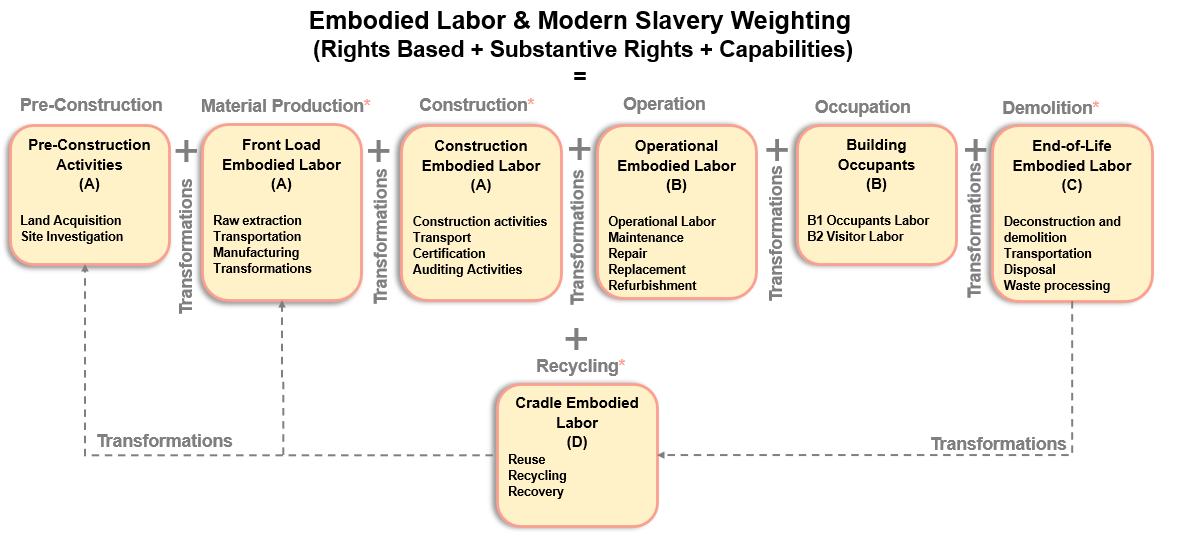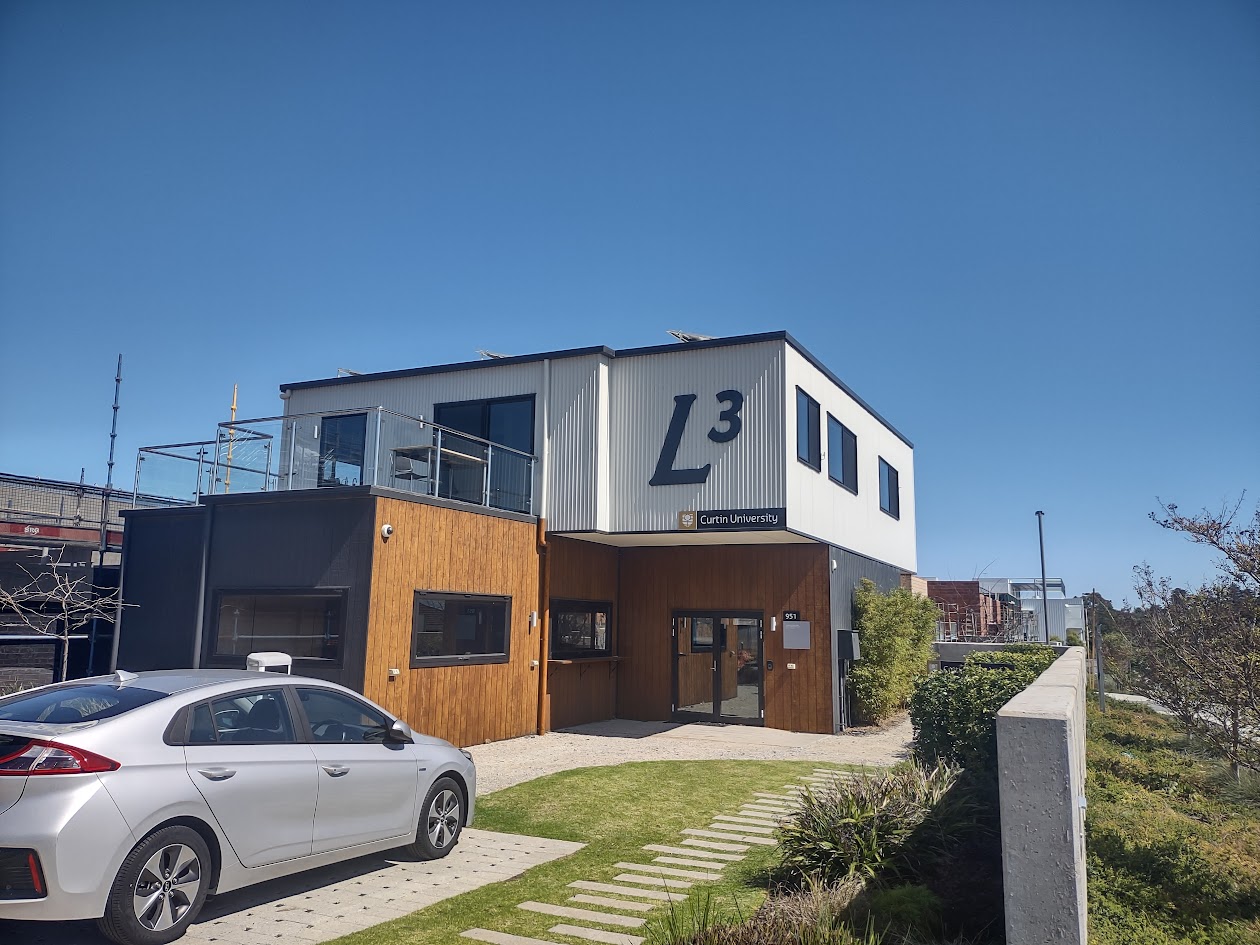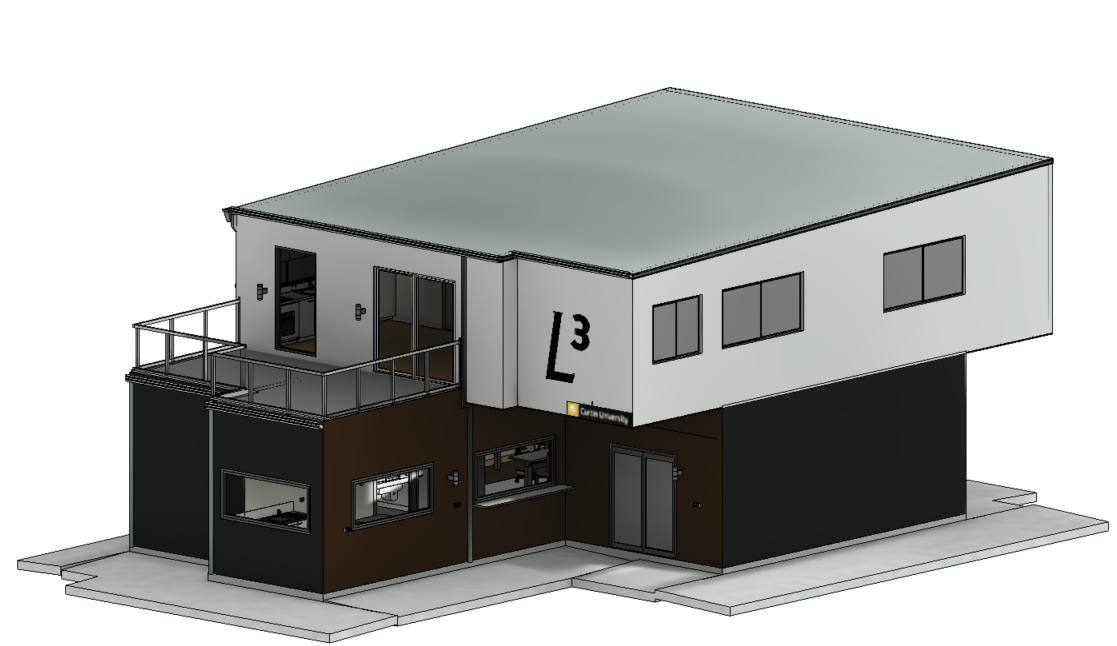About Us
The construction industry is one of the highest-risk industries for modern slavery due to its complex, opaque supply chains, reliance on low-wage labour, and global sourcing of materials. Labour exploitation and modern slavery can occur at any stage, from raw material extraction to manufacturing and site labour. These conditions are often hidden behind subcontracting, limited oversight, and poor transparency and traceability of the material value chains. Without traceable data, it is difficult to identify and redress these human rights harms.
Reusing materials isn't just about reducing waste or carbon footprints. It's about preserving the human stories behind them. Every product, reused or not, carries a social history and human legacy. When that history reflects fair work and ethical sourcing, reuse becomes an act of respect and value creation. Through a circular lens, supply chains and site labour are not separate systems. They form one continuous value chain that shapes the life of a material from extraction to production to installation and to reuse.
OpenArchitecture helps surface the social stories behind materials and reveal the continuity of the value chain's social history. This enables ACE professionals to make material choices that honour both people and materials at every stage and to reuse with confidence in their human rights legacy. By tracing the social provenance of materials and linking them to reuse decisions in building design, the OpenArchitecture project demonstrates how circular practices can uphold and extend human rights across the built environment.

Modern slavery remains a hidden risk in architecture, engineering and construction, often embedded deep within material and labour supply chains. This project investigates how digital technologies, like blockchain and traceability platforms, can help surface that risk and support more ethical, informed choices.
OpenArchitecture is part of a long-term research study that started back in 2022 to understand and make the social impacts of materials visible in architectural design, procurement, and construction. By taking our survey, you’re helping us better understand how AEC professionals engage with modern slavery risks and how we can build tools to support due diligence for human rights in AEC practice.
By completing our survey you are supporting our research efforts to combat modern slavery in our built environment.
OpenArchitecture is currently in its testing phase. We're piloting the platform on a live construction project The Legacy Living Lab (L3), a modular and circular building in Perth, to track the social provenance of selected materials in real-time. This trial will help us refine the platform’s features, improve usability, and ensure it delivers meaningful insights for AEC Industry professionals committed to ethical sourcing for human rights.


OpenArchitecture connects directly to a product’s blockchain cache. Each cache stores verified supply chain and modern slavery data, indexed for quick retrieval on this website. By linking to these caches, the platform makes it easy to search, view, and compare the social provenance of materials, without needing the technical expertise to navigate the blockchain itself.
Materials listed on OpenArchitecture are linked to Hyperledger Fabric, a secure, permissioned blockchain designed for transparency and trust. Each material entry is connected to a verified data record on the ledger, capturing key supply chain events and social compliance information. This ensures the provenance of materials can be traced reliably from source to site or as far as the information trail leads!
Blockchain provides an immutable, transparent, and secure way to track the journey of materials throughout the supply chain. By using blockchain, OpenArchitecture ensures that every piece of data, from sourcing to end-use, cannot be altered, providing a trusted record of a material's social and environmental history. This technology enables a new level of traceability and accountability, helping to protect human rights and ensure ethical practices across the construction industry.